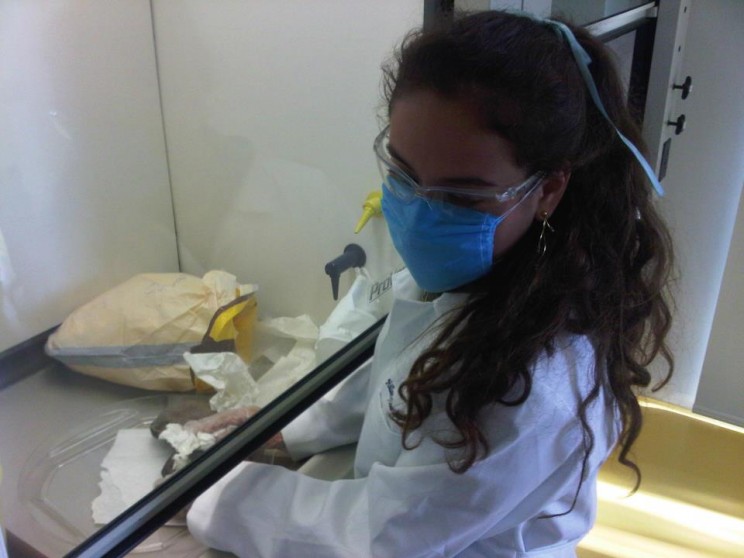America’s system of residency training — the multi-year period of intensive clinical study physicians undergo after medical school and before independent practice — has dual roots. It arose in part from the revolution in scientific medicine in the late nineteenth century and the infatuation of American educators of the period with the ideal of the German university. However, it also had roots in medical practice, particularly in the apprenticeship system. Accordingly, it developed many characteristics of an institutionalized apprenticeship. These dual roots of the residency system account for its defining dilemma: the tension between the responsibility of residency training to provide high-level professional education and the desire of sponsoring hospitals to extract as much inexpensive labor from their residents as possible.
The “education versus service” tension has shaped the residency system in America at every moment of its development. Graduate medical education has always imposed on house officers a vast amount of chores (called “scut work” by interns and residents) that easily could be done by individuals without the MD degree. These include drawing blood specimens, starting intravenous lines, carrying blood to and from the blood bank, remaining physically present throughout a blood transfusion, filling out routine forms and requisitions, labeling specimens and carrying them to the laboratory, transporting patients to and from the X-ray department or procedure rooms, holding retractors during surgery on patients they do not know, and performing a variety of chemical, bacteriological, and hematological tests. Since the 1990s, traditional chores have become fewer, as many hospitals have hired more phlebotomists, IV teams, transport personnel, and laboratory technicians. However, house officers have increasingly found themselves with a much larger burden of administrative chores, such as scheduling tests, arranging for procedures, calling for consultations, and handling all discharge arrangements. “Scut work” has not disappeared, though it has changed in form.
The burden of “scut work” has never fallen on all house officers equally. In general, interns and junior residents have been burdened with a far larger amount of chores than more senior residents. The amount of “scut work” has always been much more in some fields, such as general surgery, than in others, such as psychiatry. The burden of chores has always been the greatest at small, private, community hospitals not affiliated with a medical school and at city and county hospitals, where funds available for support personnel are often scarce. However, even at the most prestigious teaching hospitals, house officers have never been strangers to “scut work.”

The problem with these activities is not that they are unimportant to patient care. Rather, it is that they can be done equally well by ancillary staff without medical training. These duties can be effectively performed by phlebotomists, transport personnel, laboratory technicians, nurses, and clerks. In doing these tasks, house officers are working far below their levels of competence. These chores typically come on top of their medical duties and hence easily interfere with their learning and care of patients. The work usually gets done, but the cost is frequent exhaustion and frustration.
The tension between education and institutional service requires all involved to remember certain points. House officers and faculty alike know that “education” does not simply mean spending time at conferences and lectures. Rather, they understand that most learning comes from the direct care of patients, with discussions, reading, and reflection supplementing the process. In addition, house officers and faculty know that the sine qua non of a good residency is the opportunity for house officers to assume responsibility in patient care. This means, among other things, that the responsible house officer will do anything necessary for their patients’ care, even if it is not really in their job description. Thus, the responsible house officer will draw a sick patient’s blood at 2 AM if no one else is around to do it. What distinguishes work that is legitimately a part of clinical responsibility from “scut work”? Common sense. It is one thing for an intern to draw blood at 2 AM from their own patient. It is quite another to come in an hour or two early every morning to draw blood from every patient on the floor because the hospital does not wish to spend the money to have a phlebotomy team.
Over the past century, medical educators have been keenly aware that house officers have been saddled with many tasks that carry little educational value. Yet, the economic exploitation of house officers has continued unabated.The reason for this is not hard to find: hospitals and faculties alike benefit too much from the work of house officers. Hospitals benefit financially. With house officers, hospitals can hire fewer clerks, dispatchers, orderlies, laboratory technicians, and phlebotomists. Private practitioners, both at teaching and community hospitals, know that a good house staff allows them more efficient days in the office and calmer, more restful nights and weekends at home. Full-time faculty members similarly benefit. Relieved by house officers from many details of patient care, they are free to devote more time to research, scholarship, and their own private practices.
Thus, exhortations to reduce the service burden of residency have accomplished little because no one has addressed the underlying financial issue — that is, how to pay for the services rendered by house officers. Since Medicare became the primary funder of graduate medical education in 1965, house officers have seen their salaries rise, but their working conditions have remained brutal as they continue to care for patients with too few nurses, orderlies, ward clerks, phlebotomists, and other important aides. Accordingly, the residency system has plodded along, its house officers desperately overworked. Many commentators over the years have wondered why the residency system has seemingly been so resistant to change, particularly in terms of lessening the workloads of house officers. The reason is that medical staffs and hospitals have been unable or unwilling to provide the necessary funds to do so.
Featured image: RCSI Bahrain White coat ceremony by Mohamed CJ. CC-BY-SA-3.0 via Wikimedia Commons.
The post Education and service in residency training appeared first on OUPblog.



 So the old adage goes. For generations medical educators have uttered this exhortation, based on a perceived increase in the incidence of medical and surgical errors and complications occurring at this time of year, owing to the influx of new medical graduates (interns) into residency programs at teaching hospitals. This phenomenon is known as the “July effect.”
So the old adage goes. For generations medical educators have uttered this exhortation, based on a perceived increase in the incidence of medical and surgical errors and complications occurring at this time of year, owing to the influx of new medical graduates (interns) into residency programs at teaching hospitals. This phenomenon is known as the “July effect.”